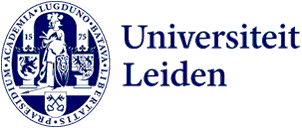
Reunionists of Leiden Historical Debating Society celebrate 65th anniversary: 'We are more alive than ever'
Friday 4 November marked the 65th anniversary of the founding of Leiden’s P.C. Hooft Historical Debating Society. Although new members have not been accepted for several decades, the society is still alive and kicking. A retrospective with former presidents Jos Hooghuis and Saskia Leupen.
University studies have long consisted solely of lectures. To master skills such as public speaking and discussion, students came together in vertical debating societies. Once every fortnight, they met with all members in the room of one of them, where the programme consisted of a talk by a speaker, a discussion and - it was ever a student activity - drinks.
'Huge influx of students'
'Initially, in history you only had the Robert Fruin debating society, but when there was an "enormous influx" of history students after World War II, that society could no longer accept everyone,' recalls Jos, who was president of the debating society from 1976 to 1977. 'Then the Pieter Bor debating society was founded in 1954. In 1957, the Pieter Corneliszoon Hooft Debating Society was added. For the record: a huge rush at the time meant that there were more than six first-year students. They all had to give a referral at each debating society. The societies then chose who could join them.'
I went for Hooft because I thought it had the nicest atmosphere.
'Was that really how it went?’ asks Saskia, president from 1987 to 1988, puzzled. 'We were allowed to choose ourselves. I went for Hooft because I thought it had the nicest atmosphere.' Within a year, she was on the board there. 'I was immediately dragged in, because they were in serious decline. Fortunately, we had a huge revival after that, but at that time everyone was very worried about survival. The Bor debating society, for example, had already disappeared.' From her first time on the board, she particularly remembers the many graduate students. 'Because educational reforms had been implemented, in 1986 or 1987 everyone who had taken the old-style course was given a last chance to graduate. I spent a lot of time on my bike carrying a gift on behalf of the board to graduation parties. Sometimes we had as many as three in one evening.'
Like older brothers
The contact with older students, sometimes even eighth- or ninth-graders, is something they both found valuable. 'To me, all those students at that time were older brothers,' Saskia says. 'You talked about literature together, there was beautiful music and there were lectures about all sorts of things. There were times when they really opened your eyes. It was very enriching.' Moreover, because former members also kept visiting regularly, the society was also a preparation for the job market. Saskia: 'You got an example of what it was like in front of the class, but there was also a whole club in the class at Foreign Affairs and someone was director of the Naval Museum.'
'You regularly hear now that young people have already graduated by the time they’re 22,' Jos adds. 'But what on earth did you learn then, apart from specific things for your studies?' Saskia: 'At least we were given time to toughen up as people. Nowadays, it's economic spin. I really find that a pity.'
-
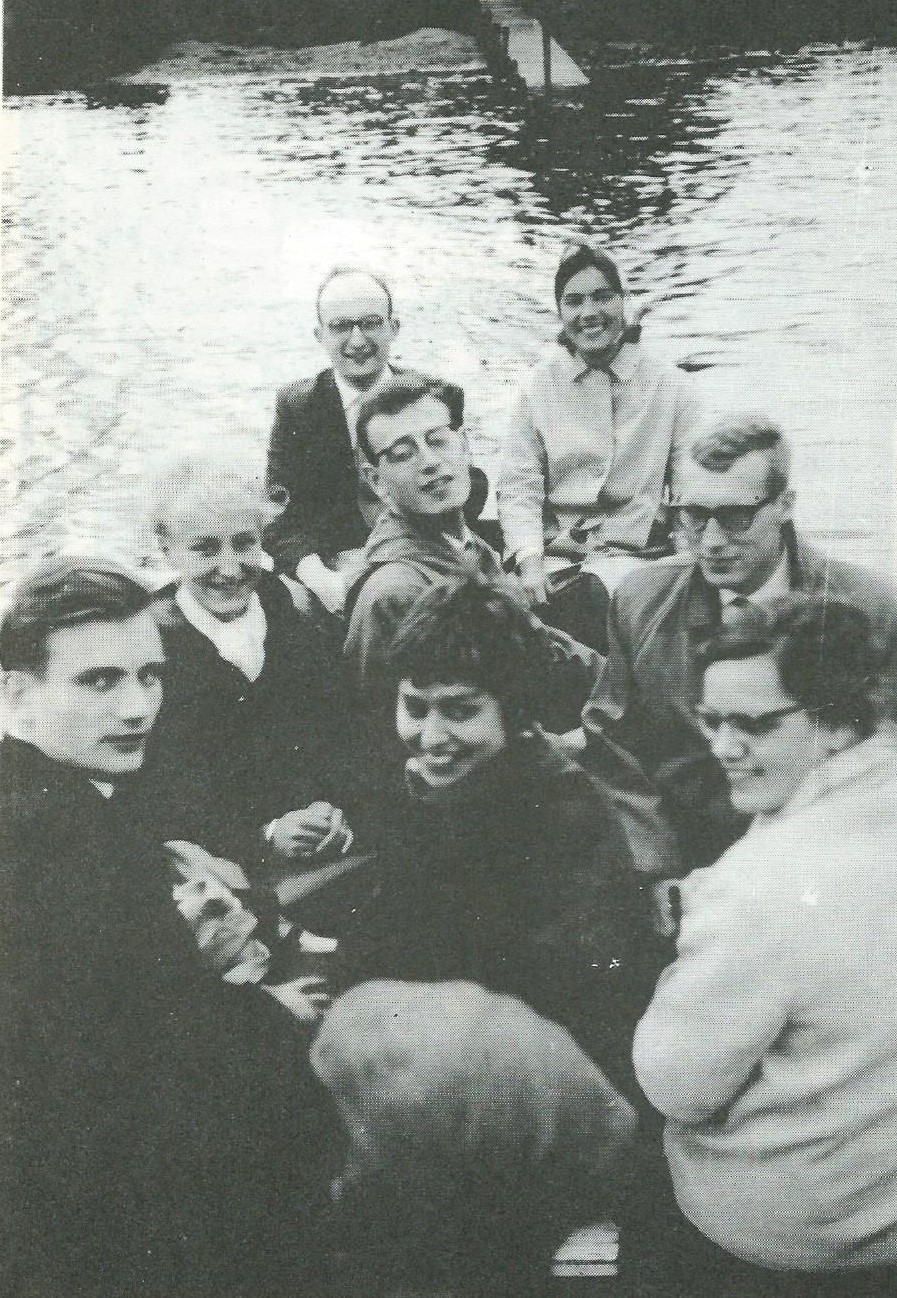
Members of the debating society in 1961 -
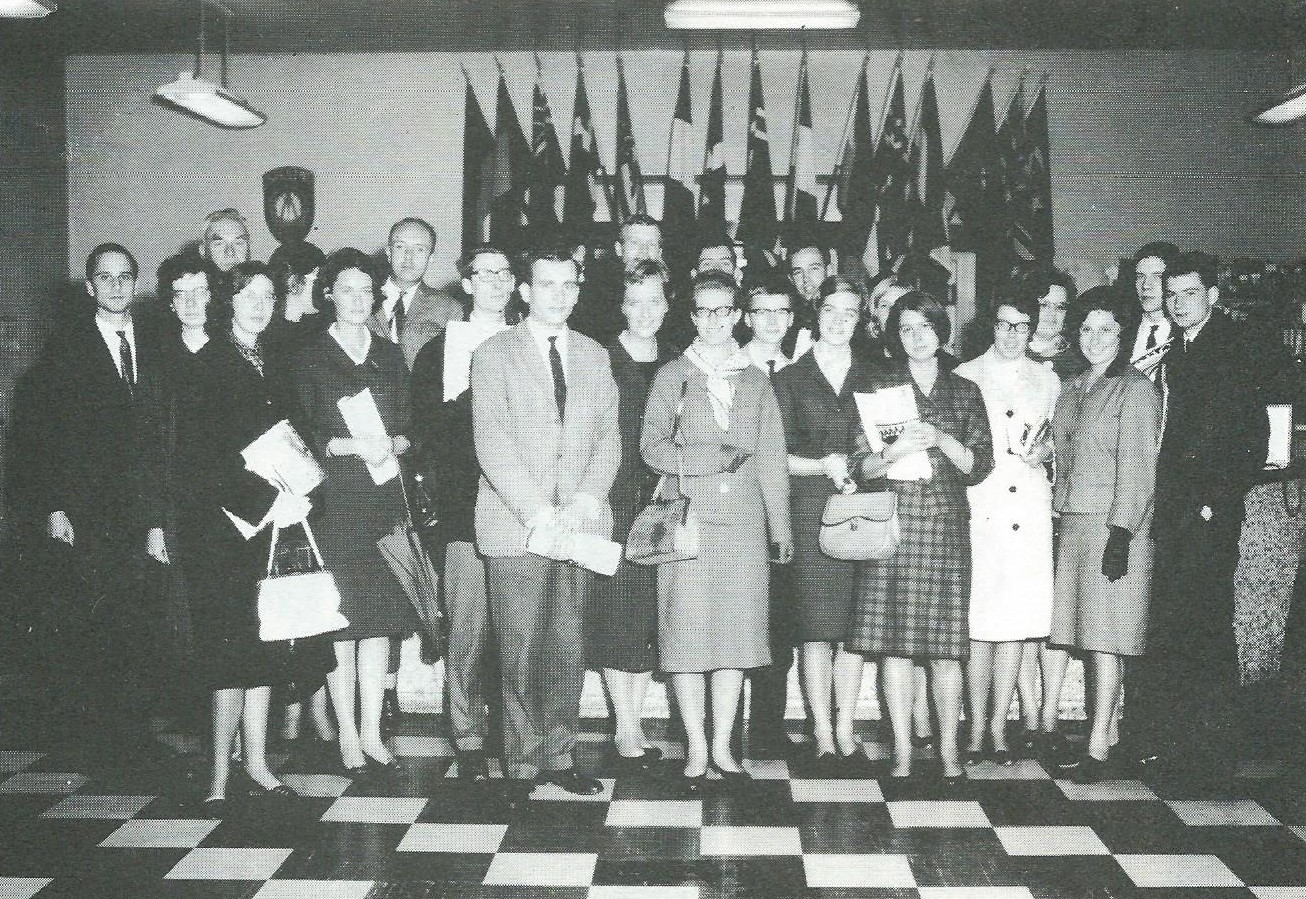
The debating society at the NAVO headquarters in Parijs in 1964 -
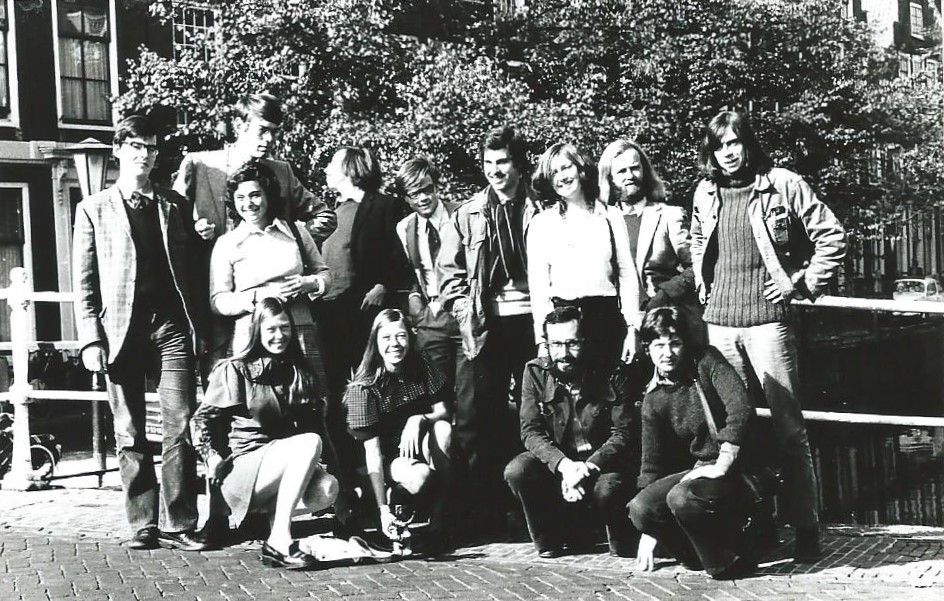
Lustrum 1972 -
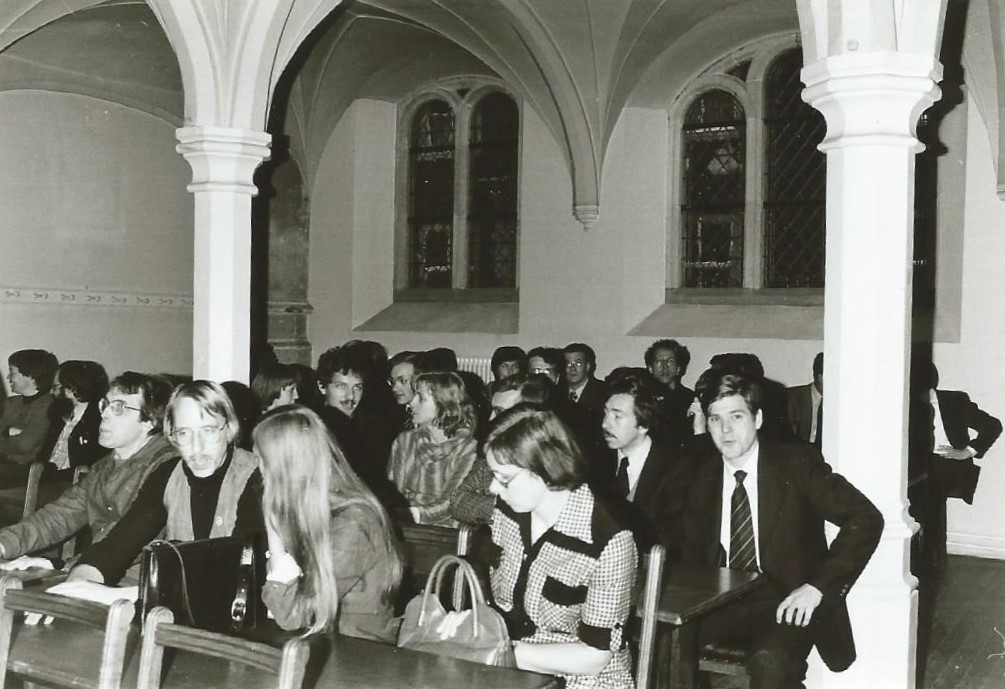
Lustrum 1977 -
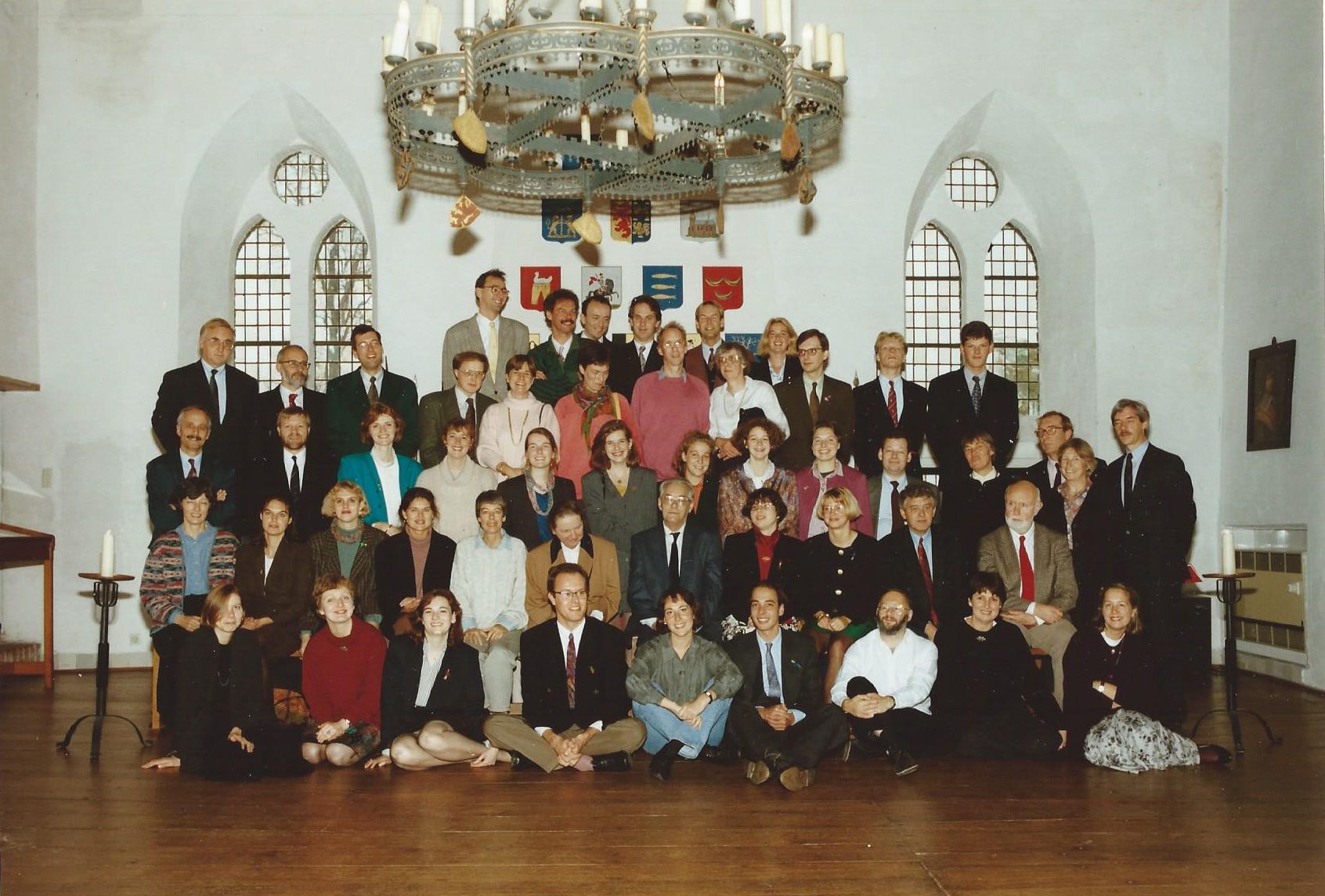
Lustrum 1992 at Radboud Castle -

Lustrum 2002 at the Faculty Club -
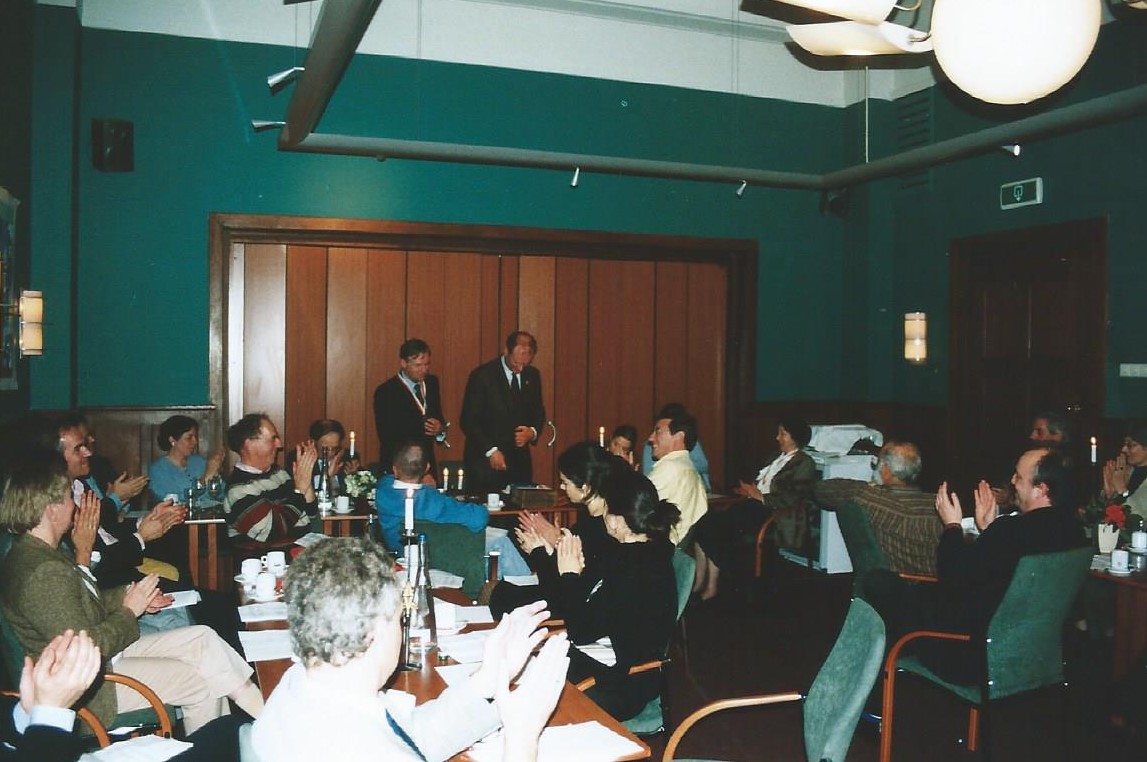
Change of board in 2002 -
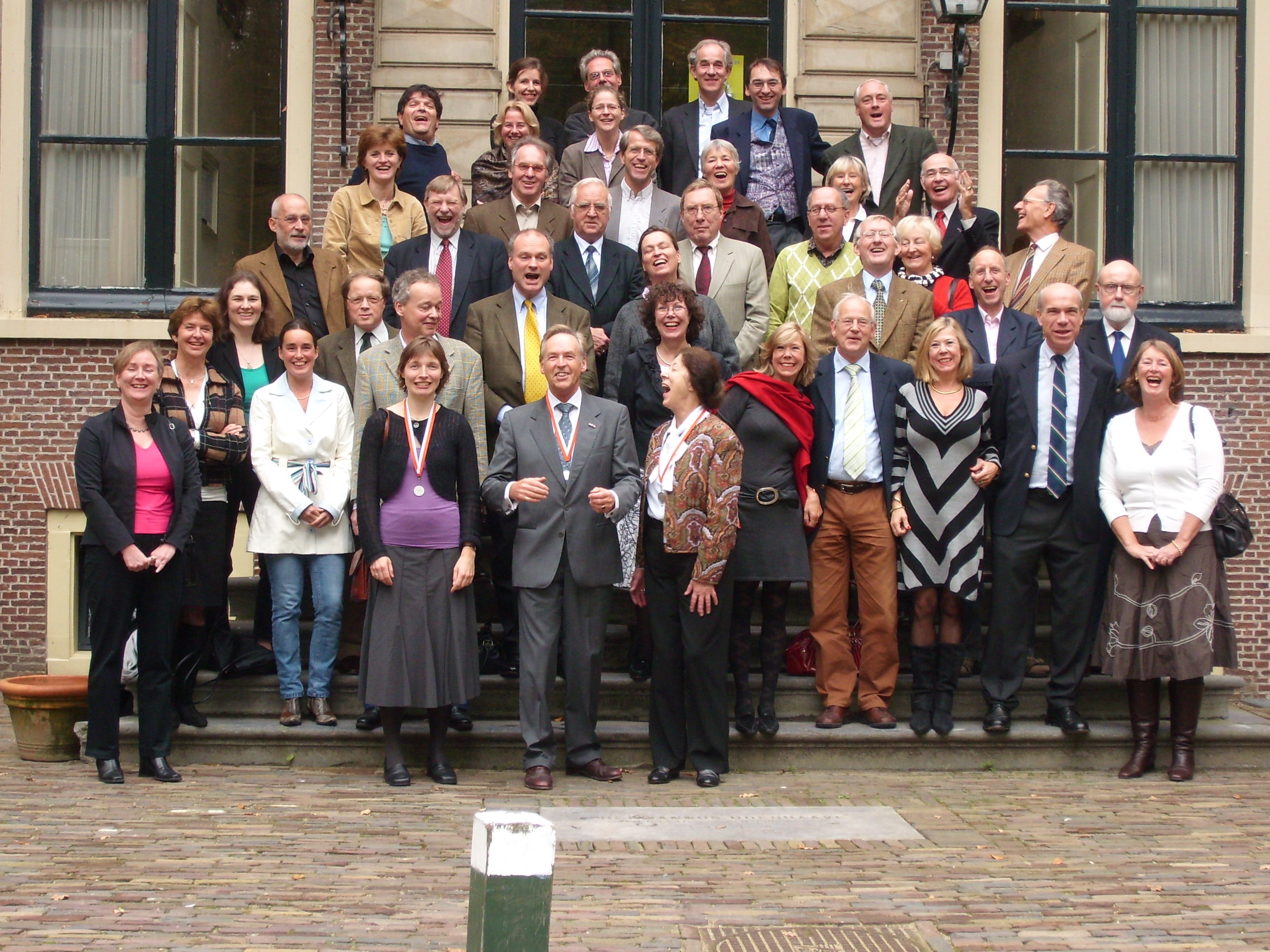
Lustrum 2007 at Oud Poelgeest
Tragic end and hopeful new beginning
The pressure for faster and more efficient studying helped to bring about the dissolution of the debating society. 'In 1997, our lustrum at Slot Maurick had a tragic end,' Jos recalls. 'During the members' meeting after the lustrum dinner, the board members told us they wanted to dissolve the society. They could no longer manage to get freshmen interested.' Yet that was not the end of LHD Hooft. 'Some former members then immediately took the initiative to organise something every year. Five years later, we then officially transformed ourselves into a reunion society.'
During the members' meeting after the lustrum dinner, the board members told us they wanted to dissolve the society.
Nowadays, the reunionists meet at least once a year for an outing. Today, too, the programme combines the useful with the pleasant, usually by combining a lecture or museum visit with dinner and drinks. 'This year we have a home match,' Jos says. 'We are going to the building on the Rapenburg where the first members' meeting was held on 4 November 1957. Professor Gert Oostindie will give a lecture on the colonial past and we’ll have a tour of the Academy Building. We’ll end with drinks and dinner.'
'I always find it a very precious day, also because more and more former members come,' Saskia says. 'The generation below mine were still very busy with careers and children a few years ago, but are now slowly getting more time to join. At every Dies meeting I meet new people brought by a friend because it's so much fun. We really are livelier than ever.’
Photos, except main image: privately owned by Jos Hooghuis.
